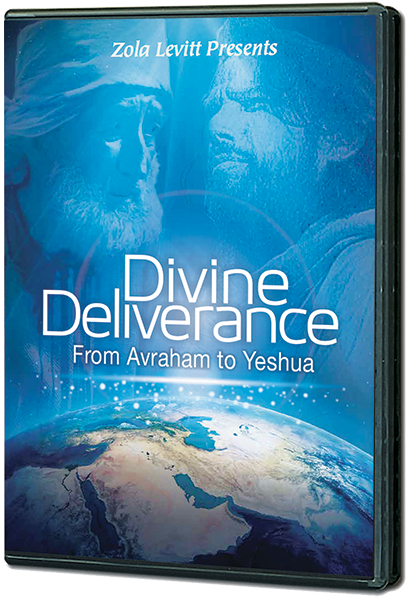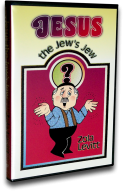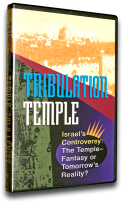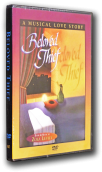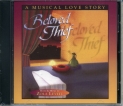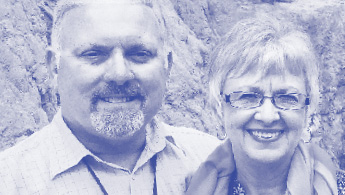
Dear Ministry Partner,
I’d like to introduce you to a Biblical site that Zola Tours pilgrims visit in Israel. My purpose is twofold: 1) to give you a “sneak preview” of this spot and hopefully whet your appetite to travel with us; and 2) to follow up the most recent Holy Days in Israel and the United States — Passover and Easter.
Passover and Easter celebrations occurred this year on the last two weekends in April, after which the special dishes in Jewish households are put away until next year. In many non-Jewish U.S. households, we will be eating ham sandwiches for a few more days. 😀
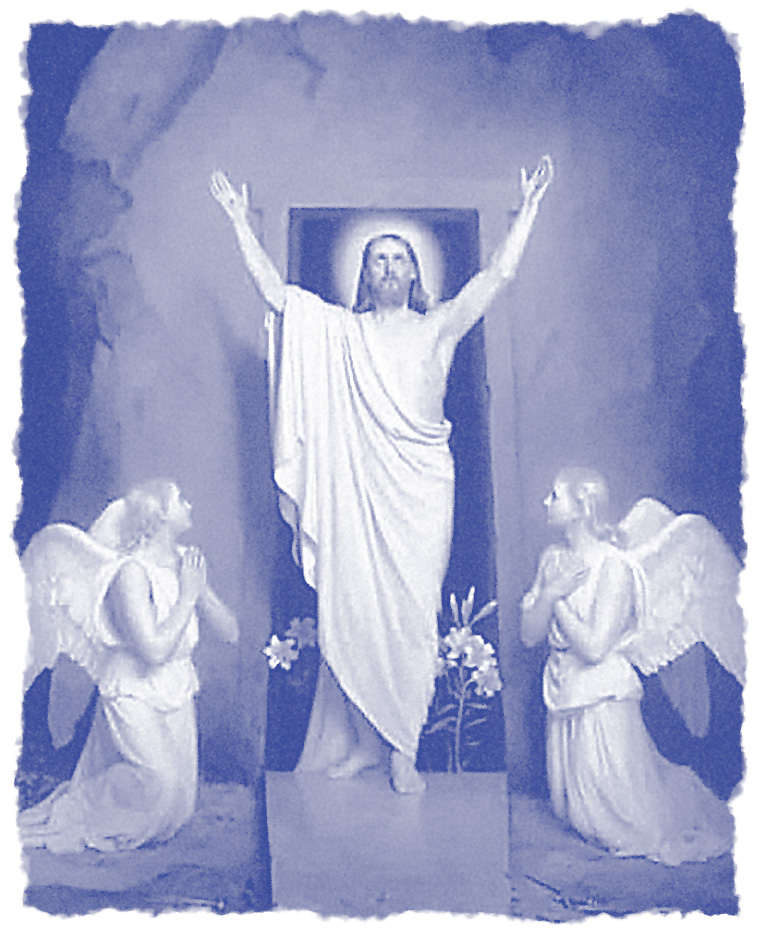
painting by Carl Heinrich Bloch (1834–1890)
As a young boy, I looked forward to celebrating Easter. Flowers had started to bloom, especially the roses, trees were blossoming, and the grass was putting on its beautiful springtime green — all indicating nature’s resurrection! But, the most memorable time was gathering to worship, seeing everyone in their new suits, dresses, and hats (yes, Easter bonnets), and singing those grand old hymns about the resurrection of Jesus from the dead.
I’ve made a considerable digression here, but with a significant purpose. People on those Easter Sundays were faced with answering a question, “What do I do with this resurrected Jesus?” That is still the question in our day, and the question that Jesus/Yeshua asked His Disciples at Caesarea Philippi. (Only since the mid-20th century has the Church begun to revert from the Latin/Greek spelling of “Jesus” and call our Lord by His Hebrew name, Yeshua.)
“WHO DO YOU SAY THAT I AM?”
Matthew 16:13–18 relates an account from the region of Caesarea Philippi, which in the Old Testament was named Panias because of the influence of the Roman, and especially Greek, cultures of the time. The area had an elevated plateau with numerous niches in which sat idols representing various gods, like the Greek god Pan. Greek mythology considered Pan to be half goat and half man, and he was the god of fright. Pan’s legend claims that he would lure young maidens into a secluded area, from where villagers could hear their screams in a “panic.”
In Roman times, Herod the Great built a temple there to Caesar Augustus. When Herod died, Philip became the region’s ruler and named the place after Tiberius Caesar and himself, thus the name Caesarea Philippi. Today, road signs designate the area as Banias, because the Arabic language doesn’t have a “p” in its alphabet.
In this setting with the backdrop of pagan idol worship, Jesus asked His Disciples the question in Matthew 16:13, “Who do men say that I, the Son of Man, am?” Daniel used the term “Son of Man” in describing one of his visions in Daniel 7:13–14
“I was watching in the night visions, and behold, One like the Son of Man, coming with the clouds of heaven! He came to the Ancient of Days, and they brought Him near before Him. Then to Him was given dominion and glory and a kingdom that all peoples, nations, and languages should serve Him. His dominion is an everlasting dominion, which shall not pass away, and His kingdom the one which shall not be destroyed.”
The title Son of Man used by Daniel shows that Jesus is more than the King of Israel; He is also ruler of the world.
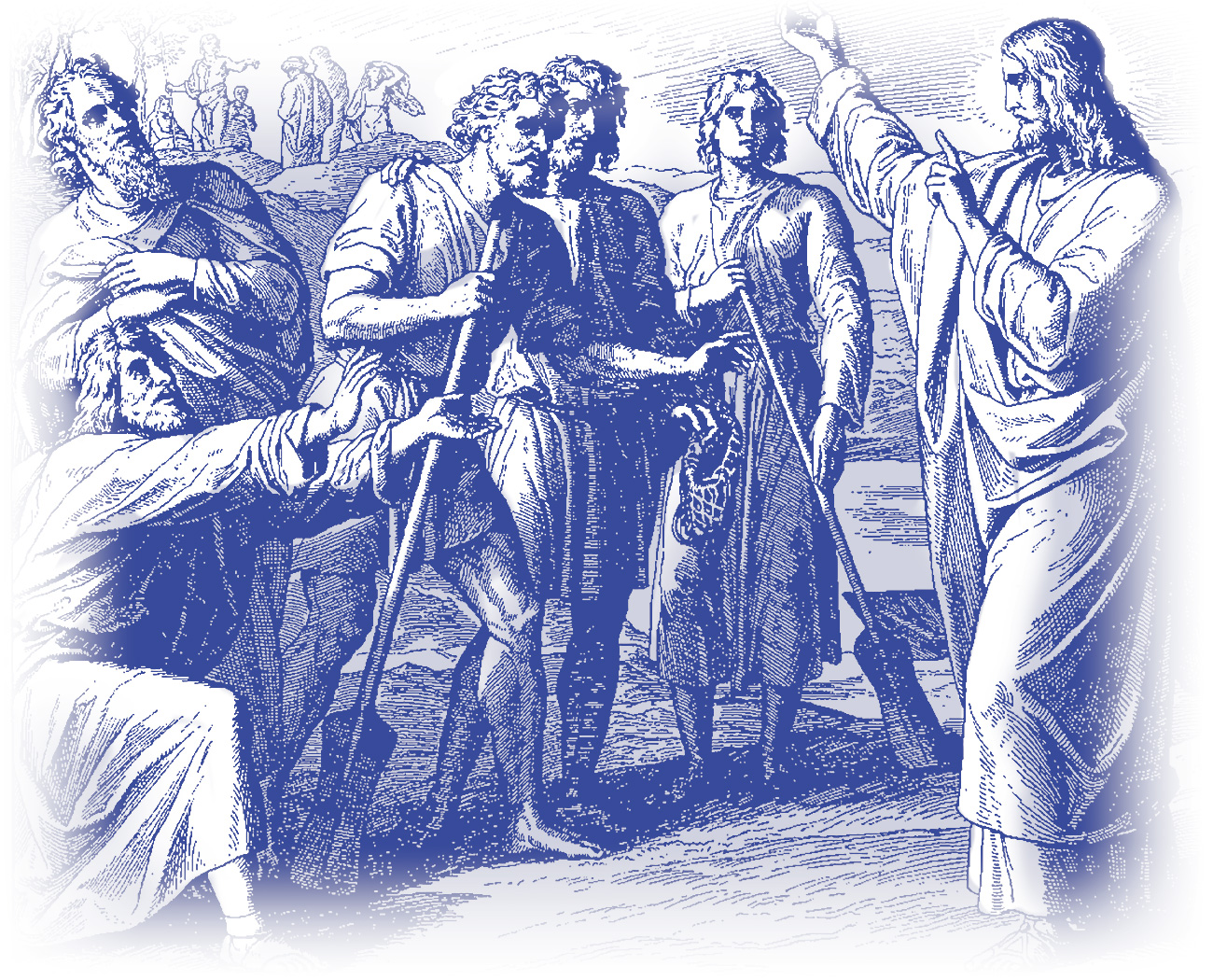
THE DISCIPLES GAVE YESHUA THE FOLLOWING ANSWERS:
- “Some say John the Baptist”
Herod Antipas, the man who ordered the beheading of John the Baptist, thought Jesus was John come back from the dead. He knew that John did not perform miracles while alive, but thought that John gained magical powers due to being resurrected. Matthew 14:1–2, “At that time Herod the tetrarch heard the report about Jesus and said to his servants, ‘This is John the Baptist; he is risen from the dead, and therefore these powers are at work in him.’”
- “Some say Elijah”
According to Malachi, the appearance of Elijah was to precede the Day of the Lord. Malachi 4:5, “Behold, I will send you Elijah the prophet before the coming of the great and dreadful day of the Lord.”
- “Others Jeremiah”
They of course named Jeremiah because he was the one who predicted the New Covenant in Jeremiah 31:31–34.
“Behold, the days are coming, says the Lord, when I will make a new covenant with the house of Israel and with the house of Judah — not according to the covenant that I made with their fathers in the day that I took them by the hand to lead them out of the land of Egypt, My covenant which they broke, though I was a husband to them, says the Lord. But this is the covenant that I will make with the house of Israel after those days, says the Lord: I will put My law in their minds, and write it on their hearts; and I will be their God, and they shall be My people. No more shall every man teach his neighbor, and every man his brother, saying ‘Know the Lord,’ for they all shall know Me, from the least of them to the greatest of them, says the Lord. For I will forgive their iniquity, and their sin I will remember no more.”
PETER’S ANSWER
After the Disciples had answered, Jesus asked the question in Matthew 16:15, “But who do you say that I am?” The only Disciple to speak up was Peter, who answered in Matthew 16:16 with confidence. “Simon Peter answered and said, ‘You are the Christ, the Son of the living God.’” Way to go Peter! Yes, Peter will deny Him later, but let’s give him credit for now. Jesus accepted Peter’s response and used it to explain matters concerning the Kingdom. He blessed Peter for giving careful thought to the question and for coming to a logical conclusion.
“Jesus answered and said to him, ‘Blessed are you, Simon Bar-Jonah, for flesh and blood has not revealed this to you, but My Father who is in heaven.’” (Matthew 16:17)

Every person on Earth must answer the question that Jesus asked His Disciples. If you are searching for a solution to His question, read again what Jesus said in Matthew 16:17 — the answer can be found in the Father in Heaven. Call on Him, and He will respond. I believe that with every fiber of my being!
PETROS AND PETRA
But, our study cannot stop there. The next verse, Matthew 16:18, has caused considerable confusion through the ages. Let’s unpack it together to discover what Jesus was saying. “And I also say to you that you are Peter, and on this rock I will build my church, and the gates of Hades shall not prevail against it.” What is this foundation that Christ mentions?
- Some would answer that the rock is Christ Himself. Certainly Christ is the architect, as He advises, “I will build my Church.” Matthew informs us in chapter 21:42 that Christ is the “chief cornerstone.”
- Many scholars believe that the foundation is Peter’s confession. In fact, this was the view of both Martin Luther and Augustine.
Jesus gives us the explanation by using Peter’s name (Petros) in Greek. A petros is a small stone. Petra is a large rock — a foundation course of stones. Jesus may have put out His arms as a gesture to all the Disciples that each one was a “petros” (little stone) making up the petra (foundation).
Perhaps Ephesians 2:20 will help our understanding: “… having been built on the foundation of the apostles and prophets, Jesus Christ Himself being the chief cornerstone.” So, the foundation course that has been laid consists of the Apostles and Prophets (petra), of which Peter is one (petros).
As we close our study, here’s the main reason that I chose this passage in Matthew. It isn’t to conclusively determine the explanation that Jesus gave regarding the foundation of the Kingdom. We could discuss whose interpretation is “correct” until the Rapture. But this is the bottom line: What answer will you give Yeshua? Are you going to be a part of the Kingdom when He returns?
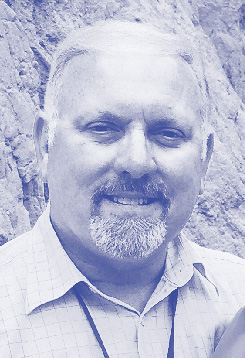
Standing firm with Israel and ZLM,



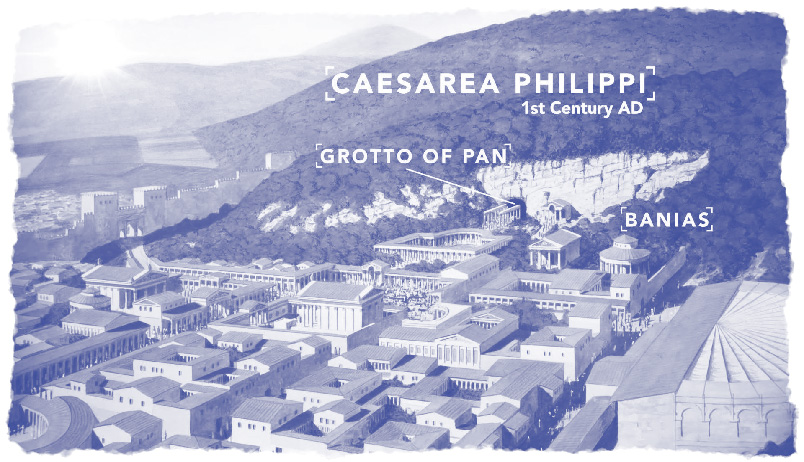
P.S. As you reflect on Matthew’s account, think about what it would be like to stand where the Disciples heard these “Who am I” questions from Yeshua. Hebrews 4:12 tells us that the Word is “quick” — alive. Join a Zola Tour, and you will experience Caesarea Philippi and many other sites that will bring the Bible to life! 
A Note from David and Kirsten
Banias — Caesarea Philippi, as Tony mentioned in his lesson — is an incredibly sad yet gorgeous spot in Israel. Next to these cliffs that echo ancient, pagan child sacrifices run the crystal-clear spring waters of the Jordan River. The contrast is undeniable: death and life, beauty and ultimate evil. Messiah’s message to His Disciples that day was life changing. “Who do you say that I am?” Am I life, as these pure springs, or am I a poseur, impersonating the Son of God?
You can visit this very location and see the spiritual contrast for yourself when you come with us on a Zola Tour to the Holy Land. You will be able to hear the Savior’s question resonate in your own heart, “Who do you say that I am?”
We recently read the travel blog of a mother-daughter duo from New Zealand (we loved our Kiwis!) who joined our spring trip to Israel. Quite the world travelers, they were delightful to be around. If you’ve not been on a Zola Tour, it’s hard to understand the camaraderie and how quickly we bond as a “bus family.” Here is an excerpt from their final-day-of-tour entry:
Our American hosts from the Zola Levitt team, Kirsten & David Hart, cared for everyone like family. David may relax now that he doesn’t have to count people anymore … although it might be a hard habit to break and he could be counting people on the El Al Dreamliner right now! I wonder if Kirsten, like me, will find it a dreadful trial not having dessert options for breakfast anymore.
Zola Tours to the Holy Land 
Our Fall Tour 2019 is filling up quickly. While our study tours are a spiritual pilgrimage, they’re also luxurious vacations. We stay at upscale resorts, dine on world-class cuisine, and tour on private luxury motor coaches. Our Travel Manager Sandra can help you select from the various tours below. Please call her at 214-696-9760, email her at travel@levitt.com, or visit levitt.com/tours to explore the following options:
Fall Tour 2019 options
| Deluxe (Israel only) | Sep 16–26 | $4,988 |
| Grand Petra (Israel & Petra) | Sep 16–29 | $6,188 |
| Grand Athens (Greece & Israel) | Sep 10–26 | $7,988 |
| Ultra Grand (Greece & Israel & Petra) | Sep 10–29 | $9,188 |
Zola Levitt Presents Programs in May
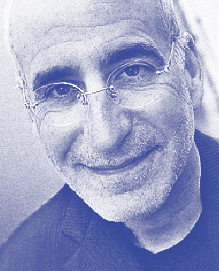
No matter how you watch ZLP — on DVR, VCR, live broadcast, levitt.tv, or free streaming via Roku or the internet — please get ready for our scheduled programs in May. We are airing our newest series Divine Deliverance in which Dr. Jeffrey Seif brings cutting-edge teaching as he analyzes the lives of Bible personalities and how they point to our Messiah.
We’ve mentioned before that this DVD set would be a wonderful series of lessons for your church study group. You and your family would enjoy watching and learning, so please consider spreading the insight and wisdom to your Sunday School classes, small groups, or church library. Set your DVR to record, watch live, or visit www.levitt.tv anytime to catch every episode of this important 12-part series.
- Ruth
- The loyalty of a young Moabite widow to her mother-in-law results in their deliverance from deprivation and in hope for the future as Ruth joins Messiah’s lineage.
- David
- The young shepherd boy had great confidence in his God. Anointed by the prophet Samuel, David became king of Israel and the ancestor of the King of kings.
- Isaiah
- The most quoted prophet of the Old Testament, Isaiah’s writings point many to the deliverance found only in Yeshua/Jesus.
- Ezekiel
- This exiled prophet saw dramatic visions of transformation: dry bones into living people, and water flowing from the dry mountaintop. God’s grace and mercy fills people with a new Spirit and new life.
- Daniel
- Even in the exile, Daniel kept his focus on the Lord, praying habitually. In these difficult times, we too should employ the powerful weapon of prayer.
Thank you. Though you and I are not sitting face-to-face, let me thank you personally and hope that after reading these newsletters from us over time, you have come to know who we are as Believers (“Believers” is short for “believers in Yeshua/Jesus as Messiah”). Both of us are grateful for the viewers of Zola Levitt Presents and the readers of our newsletters. Our ministerial efforts truly are possible only because of you and your support.
Thanks to you, virtually anyone can tune into our high-definition TV program that specializes in teaching the Jewish roots of Christianity. That vital message cannot be allowed to fade, especially as we are witnessing the prophetic fulfillment of End Times events in Israel. Every month, we are blown away that a quality publication like the Levitt Letter is sent free to anyone who asks. Not much that is free in the world today contains such valuable Messianic teaching and Biblical news commentary!
In His service,
David & Kirsten
P.S. The weekly broadcast, the monthly publications, and www.levitt.com — a storehouse of knowledge and free education — are available because of your prayers and faithful giving. Toda, toda, toda (Thank you x 3)! And, please, Sha’alu shalom Yerushalayim! — Pray for the peace of Jerusalem! — Psalm 122:6 
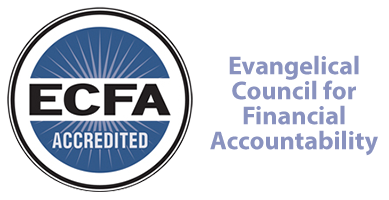 Zola Levitt Ministries is ECFA approved and has Charity Navigator’s top rating of 4 stars, plus Ministry Watch’s Give With Confidence Score of 100.
Zola Levitt Ministries is ECFA approved and has Charity Navigator’s top rating of 4 stars, plus Ministry Watch’s Give With Confidence Score of 100.
Feedback
Dear Tony,
Thanks for the reminder that, when it comes to who Yeshua is, we must all make a decision. Procrastinating or choosing not to decide is still a decision.
Featured Products
Donation
Here is my donation for May. The ministry of Zola Levitt has blessed me, and I want to support your continued outreach to Jew and gentile alike.
“Jesus The Jew’s Jew” audio
Zola’s first book about his heritage and his faith—an especially fresh and unvarnished look at the world peculiar to Jewish Christianity, a witness to the Chosen People, and the author’s unique testimony—makes an excellent gift for a Jewish friend.
“The Tribulation Temple” audio
An audio version of “Satan In The Sanctuary” available on CD. Hear the entire history and future of the vital Temple of God in Jerusalem.
“Beloved Thief” video
The ancient Israeli wedding customs, as they parallel the great moment of the coming of the heavenly Bridegroom, are portrayed in exciting Israeli music and drama.
“Beloved Thief” audio
The complete soundtrack of Zola’s marvelous musical show by the same title. The CDs contain fourteen songs, which accompany the action of the play.
Stand with Israel Collapsible Drink Koozies
Set of two (2) neoprene insulators with pro-Israel messages. Never be LUKEWARM again! Neither when it comes to STANDING WITH ISRAEL nor when sipping your favorite beverage. Sized to hold a 12 oz. can, each full-color koozie features two distinctive themes.

